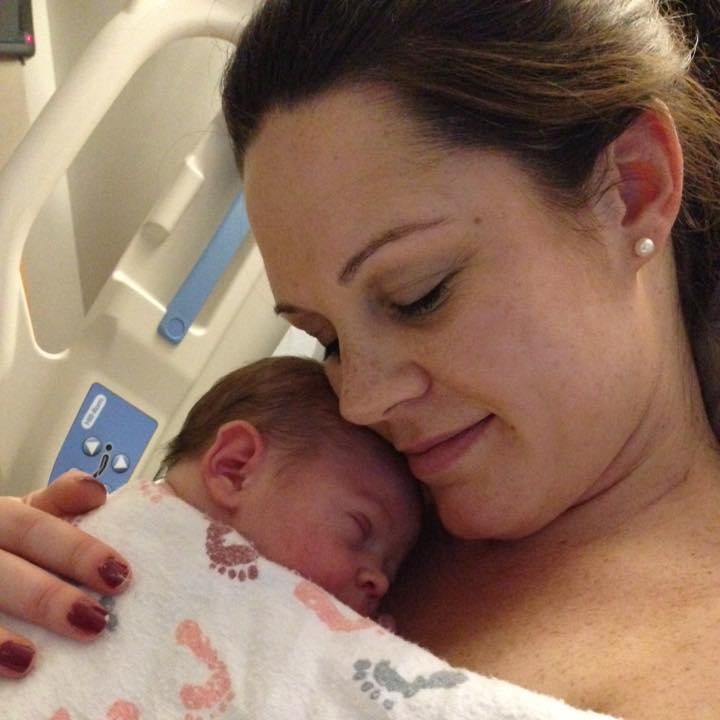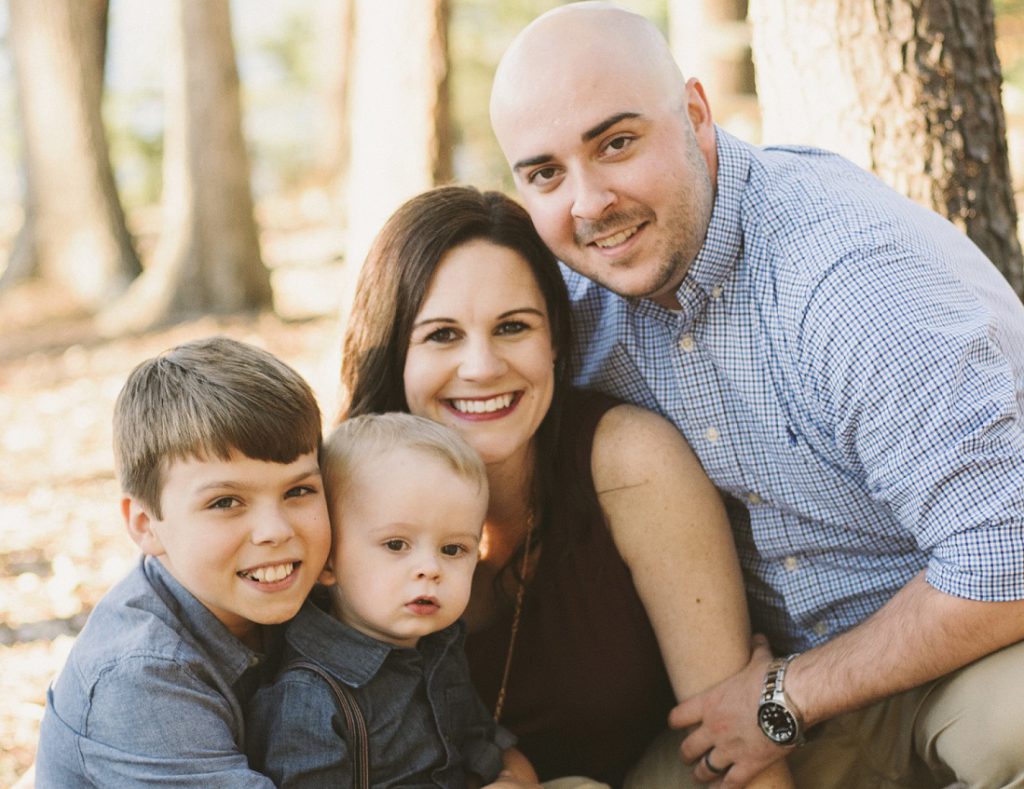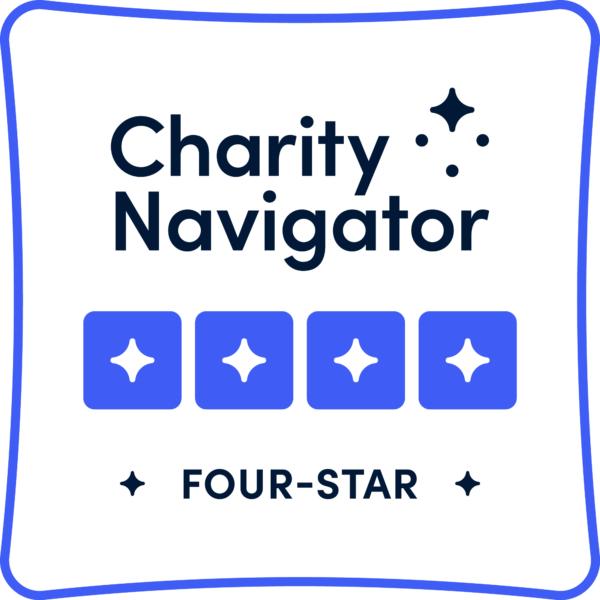Photo: Laura Richards Photography
Chelsea Dawson’s days are filled with the hectic joy of motherhood. After ending her workday at the Department of Veterans Affairs in Virginia, she heads to day care to pick up her toddler, Lee. Then it’s home for dinner with her husband, Bryan, and stepson, Gavin, before putting the kids to bed and catching her breath. Balancing work, home and family can be tough, but you won’t hear Chelsea complain.
“I’m enjoying every single moment, and I know never to take it for granted,” she says. That’s because not so long ago, Chelsea didn’t know if she would be able to have a family.
An Unexpected Diagnosis
When Chelsea was 23 years old, she scratched an itch on her left shoulder that felt like a scab. Inspecting it more closely, she discovered a mole that had scabbed over and was leaking a clear fluid. Not normal, she thought, but hopefully not cause for alarm.
That itch prompted her to visit a dermatologist for her very first skin exam. The doctor biopsied the spot, stitched it up and told Chelsea it was probably nothing. Ten days later, she received terrifying news: Chelsea had melanoma, a dangerous form of skin cancer that, if left untreated, could kill her. The dermatologist suspected that it had spread and urged her to see an oncologist right away and prepare for surgery. Less than a month later, Chelsea had the first of two major surgeries to remove lymph nodes under her arms and on either side of her neck. The surgery confirmed that Chelsea had stage III melanoma.
“My whole life changed,” she recalls. “I went from living on my own with a full-time job to moving back home with my parents for months because I couldn’t take care of myself after the surgeries. My life revolved around doctors, blood work, needles and chemotherapy. It was nothing like what a 24-year-old should be experiencing.”
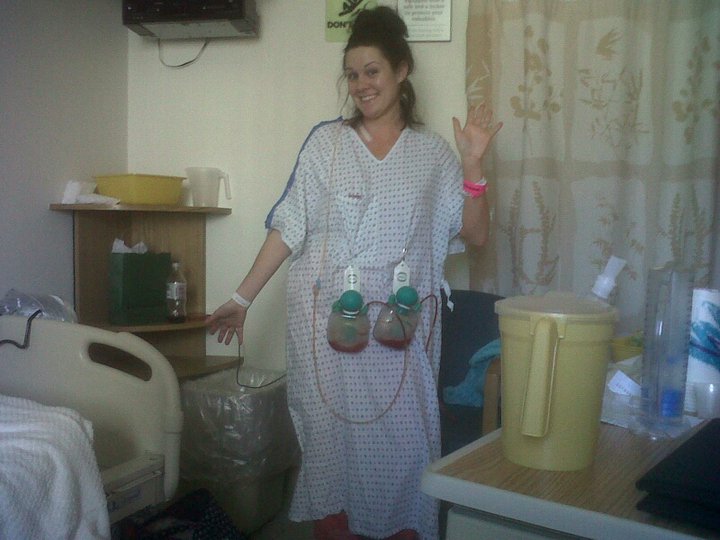
Chelsea doing her best to stay positive while recovering from surgery.
Chelsea and her family navigated differing medical opinions and treatment options before learning about a three-year clinical trial for advanced melanoma at Memorial Sloan Kettering Cancer Center in New York. Chelsea enrolled in the double-blind study, where some patients are treated with a placebo and others with a new drug — in this case, ipilimumab, an immunotherapy drug that was not yet FDA approved. (In fact, the trial Chelsea participated in led to the FDA approving ipilimumab for stage III patients).
Teen Tanning
Chelsea says she grew up surrounded by people who loved tanning salons. “Both of my grandmothers tanned indoors, and my aunt actually had a tanning bed in her home. I visited my first tanning salon when I was 14. For about six years I went tanning three to four times a week for a month before major events, like prom. Tanning was a social event for me: my college friends and I would carpool to the salon. I thought if I only went a few times a year, I’d be fine.”
Chelsea now knows that those trips to the tanning salon likely triggered her melanoma. Multiple studies have shown that tanning bed use is associated with an increased risk of skin cancer, and that the younger you are when you begin tanning, the higher your cancer risk.
Sign the petition to ban teen tanning.
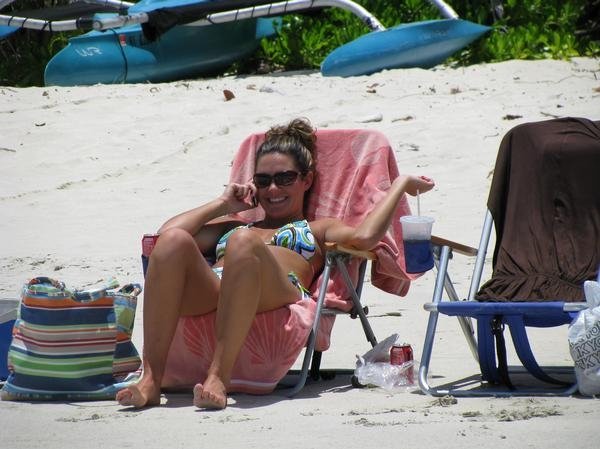
Chelsea sunning on the beach, before her diagnosis. “Tanning is not worth what your life becomes when you’re diagnosed with cancer,” she says now.
Moving Ahead
After her diagnosis, Chelsea spent 18 months in treatment, traveling to New York every three months for skin checks, CT scans and treatment. She’ll never know whether or not she received the new treatment or the placebo, but she was lucky; she beat her cancer and went into remission. That meant she could get back to her life. She was able to move out of her parents’ home and go back to work. And in October 2013, Chelsea and Bryan were married.
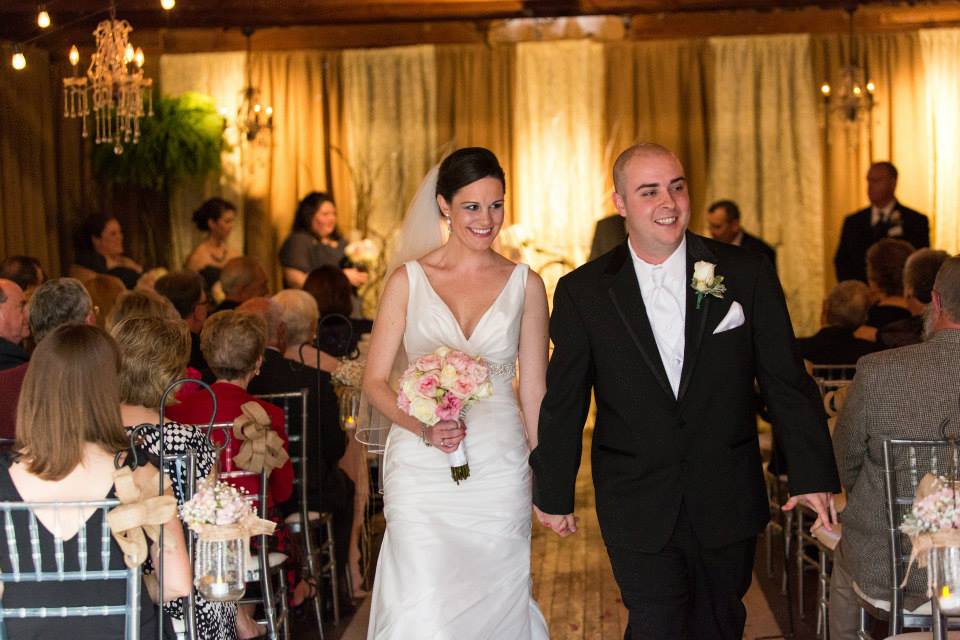
Nearly seven years after her diagnosis, she still visits her oncologist in New York every six months for CT scans, to be sure the cancer hasn’t come back. “If melanoma reappears we want to be able to treat it right away,” she says. “I also faithfully see my dermatologist every six months for a skin exam. I am devoted to shade and sunscreen now!”
Starting a Family
When Chelsea was diagnosed, one of the first things she did was write down a bucket list. “I didn’t want to travel the world or skydive,” she says. “I wanted to be a mom.”
But before she could get pregnant, she would need to make a decision that could potentially have big consequences for her health. She wouldn’t be able to have CT scans while she was pregnant. There was a possibility that the cancer could come back and she wouldn’t know it. Was she willing to take the risk?
“Making the decision to try to have a baby was so scary for me. It would mean nine to 12 months of no surveillance. After many conversations with my doctors, I decided I needed to live my life like melanoma would not return. To do otherwise would be taking my good health for granted.”
In March 2016, Chelsea and Bryan welcomed their baby boy, Lee, to the world, and Gavin became a big brother.
“After my diagnosis, I really didn’t believe I would ever get to experience motherhood. Now when I tuck Lee into bed, I say an extra thank you for him, and I pray I get to watch him grow up.”
